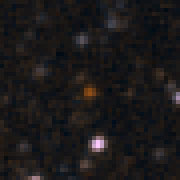
WISE 1541−2250 is a sub-brown or brown dwarf of spectral class Y0.5, located in the constellation Libra at approximately 18.6 light-years from Earth. This object received popular attention when its discovery was announced in 2011 at a distance estimated to be only about 9 light-years, which would have made it the closest brown dwarf known.. It is not the farthest known Y-type brown dwarf to Earth.

WISE 1828+2650 is a possibly binary brown dwarf or rogue planet of spectral class >Y2, located in the constellation Lyra at approximately 32.5 light-years from Earth. It is the "archetypal member" of the Y spectral class.
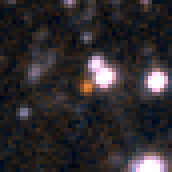
WISE 2056+1459 is a brown dwarf of spectral class Y0, located in constellation Delphinus at approximately 23.2 light-years from Earth.

WISEPA J041022.71+150248.5 is a sub-brown dwarf of spectral class Y0, located in constellation Taurus. Being approximately 21.6 light-years from Earth, it is one of the Sun's nearest neighbors, especially assuming outdated parallax by Marsh et al., corresponding to even closer distance of approximately 14 light-years.

WISEPA J173835.53+273258.9 is a brown dwarf of spectral class Y0, located in the constellation Hercules at 24.9 light-years from Earth.
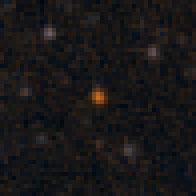
WISEPC J140518.40+553421.4 is a brown dwarf of spectral class Y0 (pec?), located in constellation Ursa Major at approximately 20.6 light-years from Earth. It is one of the Sun's nearest neighbors.
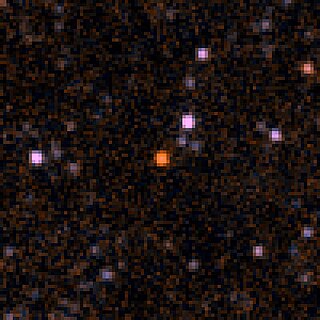
WISEPC J121756.91+162640.2 is a binary brown dwarf system of spectral classes T9 + Y0, located in constellation Coma Berenices at approximately 30.4 light-years from Earth.

WISE J014656.66+423410.0 is a binary brown dwarf of spectral classes T9 and Y0 located in the constellation Andromeda. It is approximately 60 light-years from Earth.

WISE J035934.06−540154.6 is a brown dwarf or sub-brown dwarf of spectral class Y0, located in constellation Reticulum. It is estimated to be approximately 44 light-years from Earth.

WISE J053516.80−750024.9 is either a sub-brown dwarf or a free planet. It has spectral class ≥Y1 and is located in constellation Mensa. It is estimated to be 47 light-years from Earth.

WISE J071322.55−291751.9 is a brown dwarf of spectral class Y0, located in constellation Canis Major at approximately 23 light-years from Earth.

WISE J073444.02−715744.0 is a brown dwarf of spectral class Y0, located in constellation Volans at approximately 35 light-years from Earth. It is one of the furthest Y0 brown dwarfs known.

WISE J222055.31−362817.4 is a brown dwarf of spectral class Y0, located in constellation Grus at approximately 26 light-years from Earth.
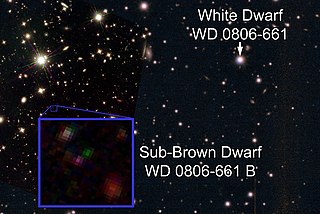
WD 0806−661, formally named Maru, is a DQ white dwarf with an extremely cold Y-type substellar companion, located in the constellation Volans at 62.7 light-years from Earth. The companion was discovered in 2011, and is the only known Y-type companion to a star or stellar remnant. At the time of its discovery WD 0806-661 B had the largest actual and apparent separation of any known planetary-mass object, as well as being the coldest directly imaged substellar object then known.

WISE J064723.23−623235.5 is a nearby brown dwarf of spectral type Y1 ± 0.5, located in constellation Pictor at approximately 28 light-years from Earth. It is one of the two or three reddest and one of the four latest-type brown dwarfs known.

WISE J2209+2711 is a brown dwarf of spectral type Y0:, located in constellation Pegasus at 22 light-years from Earth. Its discovery was published in 2014 by Cushing et al.

WISE J033605.05−014350.4, abbreviated to WISE J0336−0143 or W0336, is a binary system comprising two planetary-mass Y-type brown dwarfs tightly orbiting around their common center of mass. The system is located in the constellation Eridanus, about 33 light-years away from the Sun. It was discovered in images taken by the Wide-field Infrared Survey Explorer (WISE) and formally published by Gregory N. Mace and collaborators in March 2013. Astronomers suspected the brown dwarf was a binary system upon follow-up observations showing it had an unusual infrared spectrum, but its binarity was not confirmed until the James Webb Space Telescope resolved the system's components in high-resolution NIRCam imaging in September 2022, with its results published in March 2023.

WISE 0825+2805 is a (sub-)brown dwarf with a spectral type of Y0.5. It is about 21.4 light-years away from Earth in the Cancer constellation.

